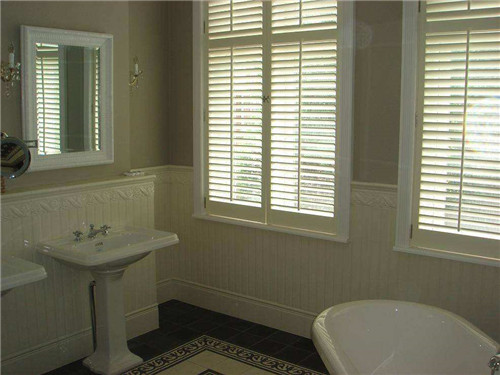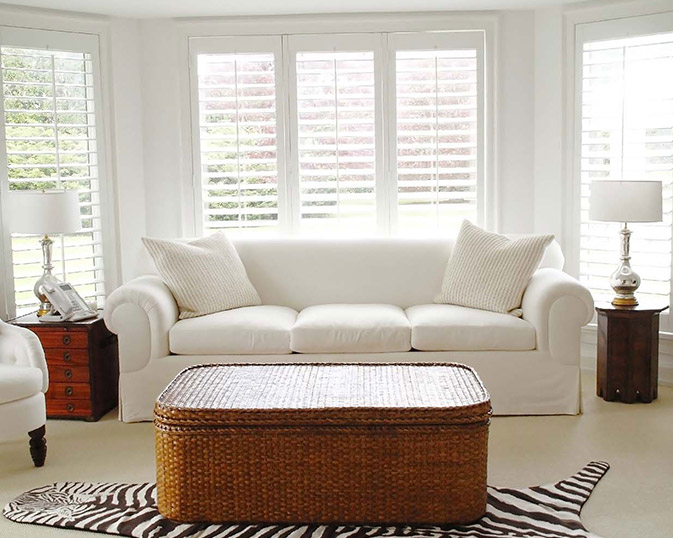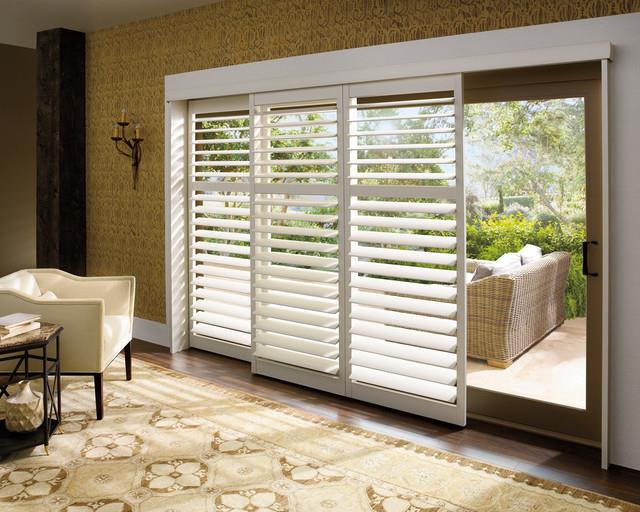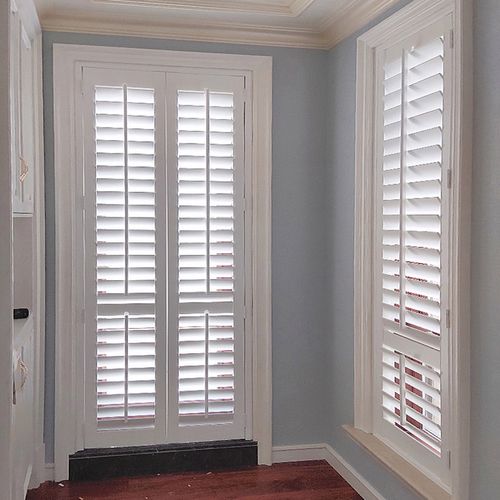Despite their visual appeal and design similarities to blinds, breathable windows do not offer the folding or lowering functionality of blinds. Despite these limitations in usage, many people still opt for breathable windows. Let's delve into the advantages of these windows and discuss the purchasing methods and techniques below.

1. Advantages of Breathable Windows
The resemblance between breathable windows and blinds lies in their shared acceptance as louvered structures that serve a decorative purpose for windows. They are more stable than blinds, excelling in light control and enhancing indoor privacy. Additionally, they provide protection against adverse weather conditions, thus positioning themselves as high-end window solutions.
Not only that, but the ventilation performance of breathable windows is commendable. The angle can be adjusted according to varying weather situations, allowing for both effective air circulation and optimized lighting effects. These windows also feature sound insulation and UV protection properties, making them energy-efficient designs. Compared to blinds, breathable windows have a longer lifespan and superior durability, albeit being heavier, less flexible, and with some size constraints.
Breathable windows come in three primary tiers: high-end models are highly practical and multifunctional, often including features like dust, rain, and noise prevention. Their raw materials tend to be costlier, with overall prices ranging from around 5,000 to 10,000 yuan. Mid-range options are diverse in style and typically priced between 1,500 to 4,500 yuan, while standard breathable windows usually fall within the range of 200 to 700 yuan, offering practical value.
2. Tips for Choosing Breathable Windows
While breathable windows significantly contribute to the aesthetic appeal and practicality of our indoor spaces, there are certain approaches to consider when purchasing:
a. When selecting a breathable window, it is crucial to assess the tightness of the gaps between the frame and its structural components, as well as the smoothness of the sliding mechanism. Poor-quality breathable windows may produce noise during operation and exhibit insufficient smoothness.
b. It's important to verify whether the fixed rivets used in the construction are made from solid pressure steel, as ordinary rivets can lead to shorter lifespans and an increased likelihood of falling off.
c. Checking the 3C safety certification for the glass used in the breathable window is essential, along with considering the manufacturer's professionalism and the comprehensiveness of their after-sales service. Examining the manufacturer's past installation projects of breathable window frames, especially large-scale engineering examples, as well as reading through user evaluations and experiences, can greatly aid in choosing a high-quality breathable window product.

 marketing@kendecorblinds.com
marketing@kendecorblinds.com 






